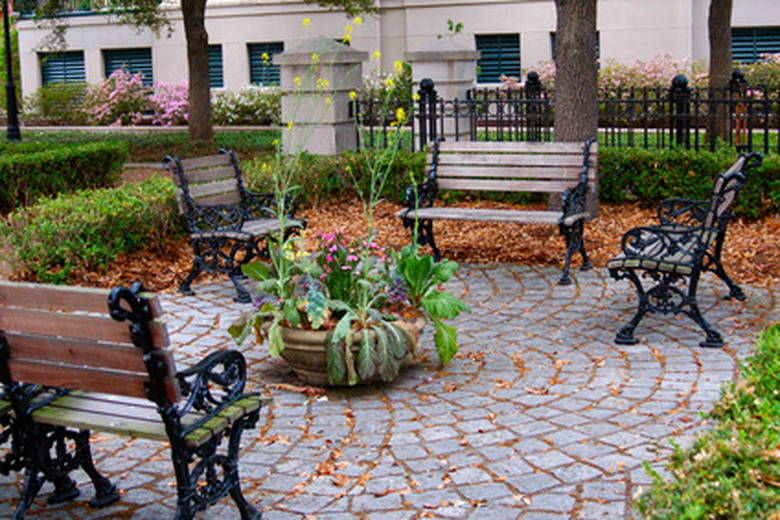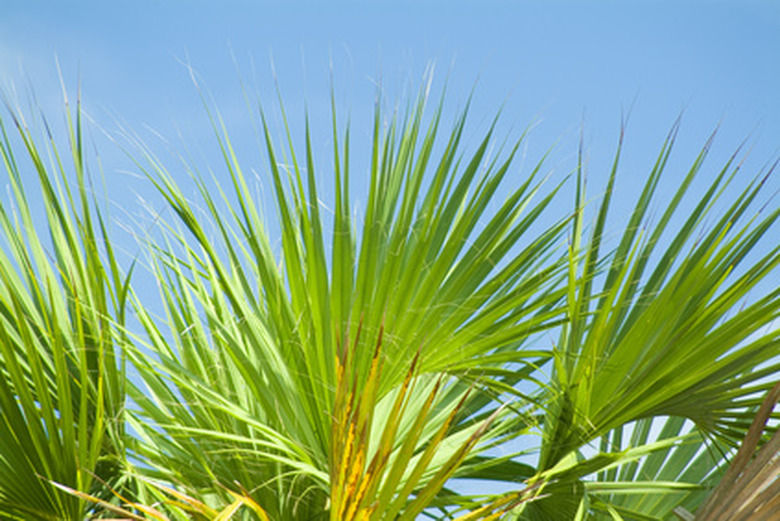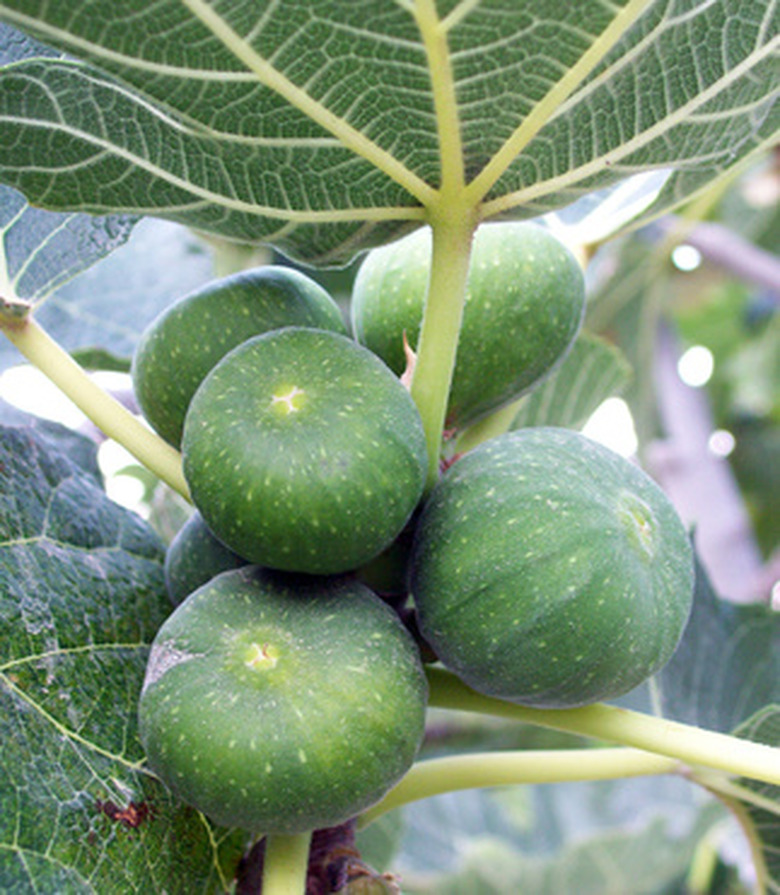Low Country Landscaping Ideas
The Low Country of South Carolina and Georgia features a flat, sandy landscape that ends at the sea. This sub-tropical area is extremely hot and humid in the summer and dry and cool in the winter, creating challenges for gardeners. While plants that are not native to the area are sold in local garden stores, plants that are not suited for the Southern summer heat are unlikely to survive and stay healthy. Plant selection is important along with sun exposure.
Native Plant Gardens
The Low Country has many native species of trees, shrubs and plants that have adapted over time to the hot summers and cool winters. Including these in your design will also lessen water needs as these plants are used to the monsoon-like summer rains followed by dry spells. Palmetto palms, azaleas, wisteria, and bottle brush shrubs all invoke the natural landscape of the area and will provide a profusion of blooms or, in the case of the palmetto, a stately reminder of the nearby ocean.
- The Low Country of South Carolina and Georgia features a flat, sandy landscape that ends at the sea.
- The Low Country has many native species of trees, shrubs and plants that have adapted over time to the hot summers and cool winters.
Permaculture Gardens
The Low Country's sub-tropical climate allows for the growth of southern fruit and nut trees such as oranges, figs, persimmons, pecans and even hardy bananas. Once established, these trees will provide edible treats for many years. Other perennial foods that can be grown include Jerusalem artichokes and grapes. Fruit trees must receive adequate water and may require additional watering during dry spells.
Bird Gardens
The Low Country is home to many colorful species of Southern birds including egrets, blue herons and colorful finches. Planting a garden that attracts these beautiful birds provides a habitat for the birds as well as unique interest for visitors to the garden. Water birds such as egrets, Muscovy ducks and herons require a water feature to capture their attention. A small pond with a circulating fountain provides them drinking water and, for ducks, a place to swim. Flowers and plants that mature with edible seed such as sunflowers, wheat, and globe thistles will provide both shelter and food for many different types of birds, as will shrubs that produce berries. Keep a journal and a bird identification book at the window closest to the bird garden to recognize and record the visitors to the garden.
- The Low Country's sub-tropical climate allows for the growth of southern fruit and nut trees such as oranges, figs, persimmons, pecans and even hardy bananas.


